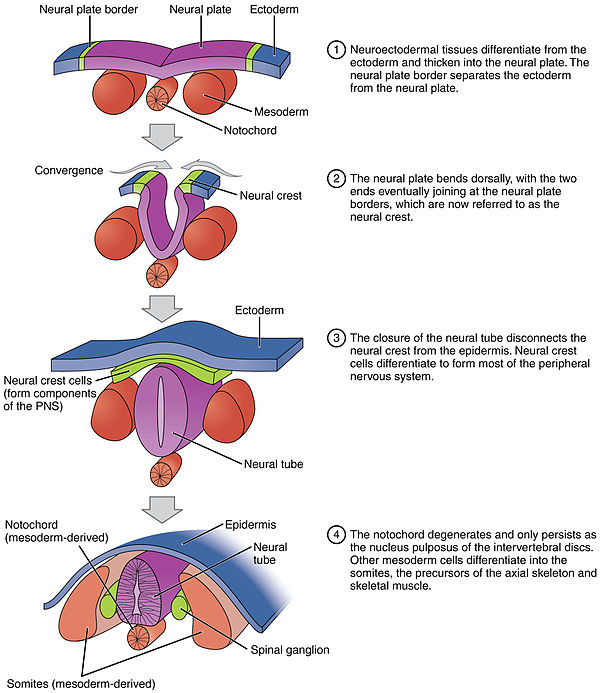Listening not to me but to the logos, it is wise to agree that all things are one.
(There extand by now one thousand and one stories, all told, of the same).
Once the story is told, it may be forgotten or misremembered, but it cannot be untold; however fictional the story, its telling is a fact, its characters and events really occuring in the universe thus created.
All propositions relate to the same ever-reacting singular; namely, to the totality of all real objects. It is true that when the Arabian romancer tells us that there was a lady named Scheherazade, he does not mean to be understood as speaking of the world of outward realities, and there is a great deal of fiction in what he is talking about. For the fictive is that whose characters depend upon what characters somebody attributes to it; and the story is, of course, the mere creation of the poet’s thought. Nevertheless, once he has imagined Scheherazade and made her young, beautiful, and endowed with a gift of spinning stories, it becomes a real fact that so he has imagined her, which fact he cannot destroy by pretending or thinking that he imagined her to be otherwise.
— Peirce, EP2:209 (sixth Harvard Lecture, 1903)
Fact and fiction differ not in their presence to the mind, nor do ‘inward’ and ‘outward’ realities. Peirce found a way to describe the nature of that presence, in terms of its formal elements, and prior to any distinction between appearance and reality. He called this study phaneroscopy, because of its focus on the phaneron, which in its undifferentiated unity includes whatever may become the object of our attention or function as a sign. Nothing we can mention is external to it; indeed the very externality of the external world is internal to the phaneron.
The formal ‘elements’ of the phaneron are sometimes called ‘categories’ by Peirce – specifically, ‘universal categories,’ as Peirce explained in one of his Harvard Lectures (EP2:148):
the word Category bears substantially the same meaning with all philosophers. For Aristotle, for Kant, and for Hegel, a category is an element of phenomena of the first rank of generality. It naturally follows that the categories are few in number, just as the chemical elements are. The business of phenomenology is to draw up a catalogue of categories and prove its sufficiency and freedom from redundancies, to make out the characteristics of each category, and to show the relations of each to the others. I find that there are at least two distinct orders of categories, which I call the particular and the universal. The particular categories form a series, or set of series, only one of each series being present, or at least predominant, in any one phenomenon. The universal categories, on the other hand, belong to every phenomenon, one being perhaps more prominent in one aspect of that phenomenon than another but all of them belonging to every phenomenon. I am not very well satisfied with this description of the two orders of categories, but I am pretty well satisfied that there are two orders.
Later (CP 1.288) he wrote that
I invite you to consider, not everything in the phaneron, but only its indecomposable elements, that is, those that are logically indecomposable, or indecomposable to direct inspection. I wish to make out a classification, or division, of these indecomposable elements; that is, I want to sort them into their different kinds according to their real characters. I have some acquaintance with two different such classifications, both quite true; and there may be others. Of these two I know of, one is a division according to the form or structure of the elements, the other according to their matter. The two most passionately laborious years of my life were exclusively devoted to trying to ascertain something for certain about the latter; but I abandoned the attempt as beyond my powers, or, at any rate, unsuited to my genius. I had not neglected to examine what others had done but could not persuade myself that they had been more successful than I. Fortunately, however, all taxonomists of every department have found classifications according to structure to be the most important.
Actual use of Peirce’s ‘categories’ reflects the turning of the meaning cycle:
Like all interpretive tools, the categories of phenomenology arise out of experience but in turn are legislative for the analysis of experience. They are neither handed down from on high, nor are they pure inductions from experience, but rather are a creative, interpretive framework through which to focus on the entire gamut of ‘whatever is in any way present to mind.’
— Sandra Rosenthal (1994, 97)
Peirce spoke of phaneroscopy as a science, but it has a spiritual or religious resonance which is also revealed and concealed in the reconstructed Greek version of Thomas 5:
λεγει Ιη[σου]ς· [γνωθι το ὃν εμπροσ]θεν της ὀψεως σου και [το κεκαλυμμενον] ἀπο σου ἀποκαλυφ[θ]ησετ[αι σοι οὐ γαρ εσ]τιν κρυπτον ὃ οὐ φαν[ερον γενησεται,] και θεθαμμενον ὃ ο[ὐκ εγερθησεται.]
Jesus said, ‘[Understand what is in] front of you, and [what is hidden] from you will be revealed [to you. For there is nothing] hidden that will not be manifested, nor buried that [will not be raised.]’
P.Oxy. 654 27-31 (DeConick 2007a, 60)

